While fads come and go, we cut through the noise and found 15 tried-and-true rules all cyclists should adhere to. From riding with intention to listening to your body, here are the golden rules of cycling.
Did we miss something? Leave your own golden cycling rules in the comment section!
Listen to your body.
1 of 16
Cycling can be painful by nature, but there's a difference between suffering up a hill and a serious health issue. If you're overly fatigued, having a tough time regulating your heart rate or experiencing numbness, stop cycling and visit your doctor. It's likely just a bike fit or diet issue, but it's better to be safe than sorry.
Find:
Your Next RideAlways carry a flat kit.
2 of 16
This includes tire levers, tubes, mini pump (or a CO2 inflator with spare cartridges), patches and a multitool—and know how to use them when (not if) you find yourself with a flat tire. Also, always carry cash, your cell phone and an insurance card in case of emergencies.
Find:
Your Next RideFavor your front brake.
3 of 16
However, this doesn't mean you should only squeeze your left brake lever when you need to slow or stop. Keep the 60:40 ratio in mind: 60 percent of your stopping power should stem from your front brake and 40 percent should come from your back brake. You'll notice a more controlled and smoother deceleration.
Find:
Your Next RidePlan ahead.
4 of 16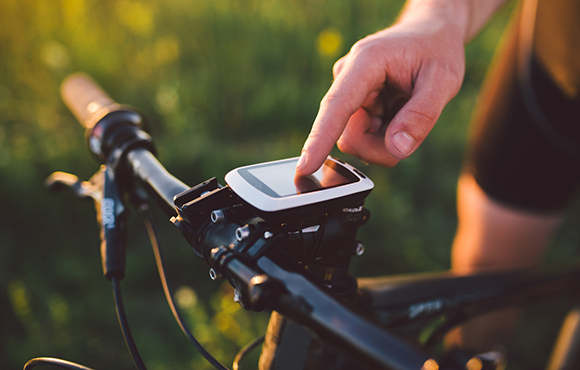
Before you throw your leg over your saddle, know your route, check local weather conditions and look for spots to fill up your bottles or grab a snack. Let your significant other or friends know where you're heading and what time you're expecting to be back.
Find:
Your Next RideGet a professional bike fit.
5 of 16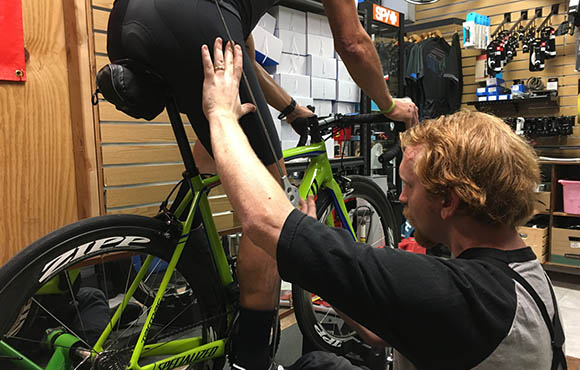
There's more to a proper bike fit than saddle height. If you truly want to get the most out of your riding position—and stay injury free—a professional bike fit at a local bike shop is a smart investment.
Find:
Your Next RideWork on your weakest skillset.
6 of 16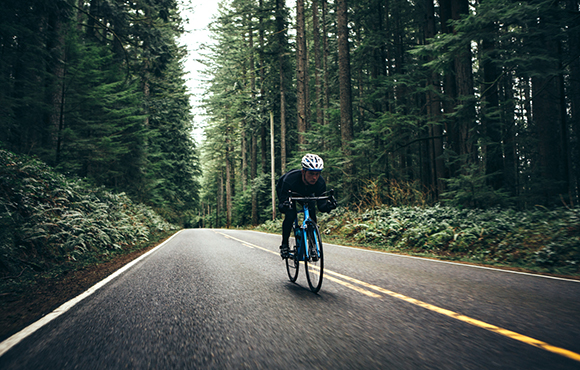
It's easy to train your strengths, but finding the motivation to work on your weaknesses is another story. Take a critical look at your cycling shortcomings and schedule specific workouts in your training schedule to become a more well-rounded cyclist.
Find:
Your Next RideLayers are your friend.
7 of 16
Check the weather before each ride and dress accordingly. By leaving the house in layers, you can shed vests, arm warmers, etc. as you or temperatures warm up. Subsequently, you can add layers back on if temperatures cool off or if you stop for a coffee in the shade.
Find:
Your Next RideStop and smell the roses.
8 of 16
Exploring the world on two wheels is a great way to experience new areas. If you find a taco shop or scenic overlook, don't be afraid to stop just because you're halfway through a Strava segment. Cycling, after all, is about the journey.
Find:
Your Next RideTake care of your bike.
9 of 16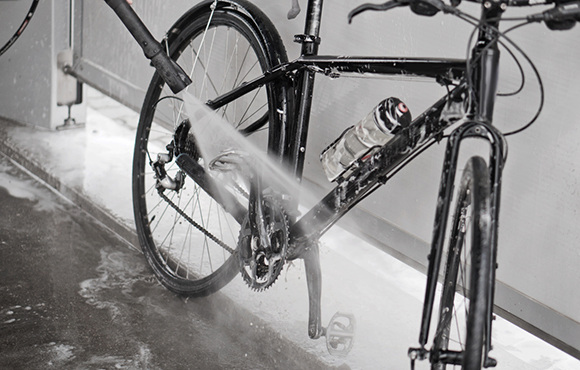
Thousands of miles can really take a toll on your bike and its components. If something is creaking or squeaking, address the noise before it becomes a bigger (and more expensive) issue. Regular chain lubing and servicing can dramatically increase your bike's lifespan.
Find:
Your Next RideMix it up.
10 of 16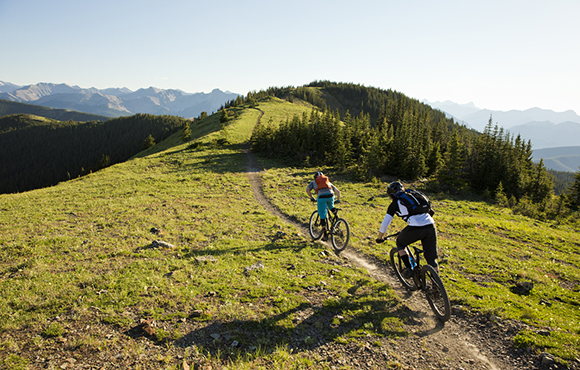
Road cycling may be your go-to discipline, but supplementing your training schedule with mountain rides or track workouts can help develop new skills that compliment your road cycling goals.
Find:
Your Next RideSurround yourself with faster cyclists.
11 of 16
Many local bike shops offer group rides with varying levels of expertise. Instead of riding with people at or slightly below your fitness level, opt for riding with a faster group. Not only will you naturally get faster, but you'll pick up and learn new skills from more experienced cyclists as well.
Find:
Your Next RidePractice good hygiene.
12 of 16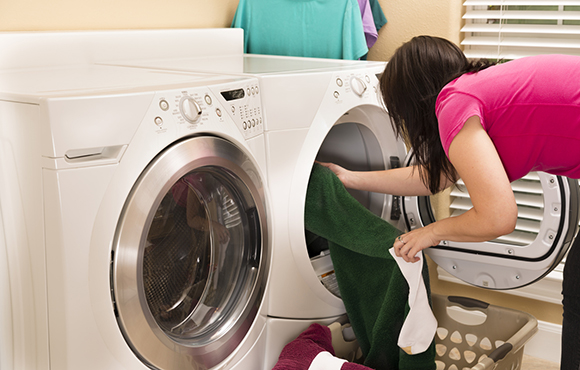
From snot rockets to saddle sores, cycling can be a pretty grimy hobby. If you're traveling, be sure to pack some wet wipes and clothes to change into after your ride. Also, remove your bibs immediately after the ride to help prevent any moisture or infection issues down below.
Find:
Your Next RideRide with intention.
13 of 16
Riding your bike is always a good idea, but if you want serious performance gains, leave the house with an agenda. Whether it's interval training, a specific mileage goal or hill climbing, being focused and executing properly will yield results faster than mindless riding.
Find:
Your Next RideRecovery matters.
14 of 16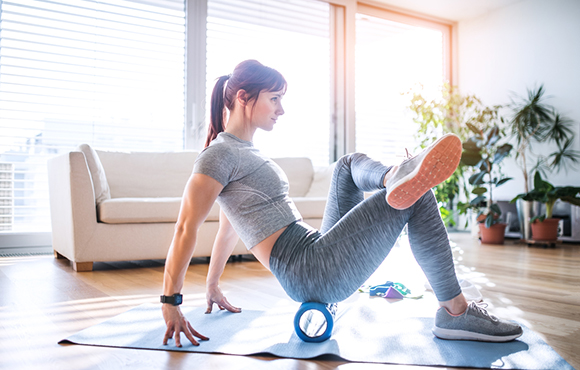
Even the toughest cyclist on the road needs to rest and recover after a long training block. Foam rolling, mobility work and proper sleep and nutrition will keep your mind and body fresh and ready to perform at the highest level.
Find:
Your Next RideKeep things in perspective.
15 of 16
Don't get discouraged if you get dropped on a local group ride or aren't seeing performance gains as soon as you'd like. Cycling, like all endurance sports, takes time and practice to see results. Look back to where you were when you first started cycling, and look forward to set new goals to work towards.

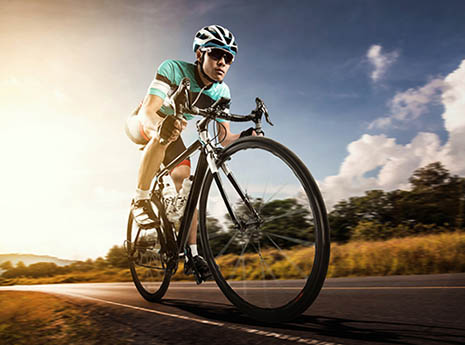





Discuss This Article